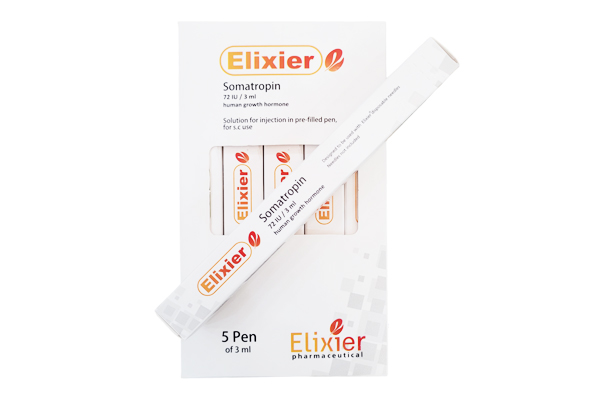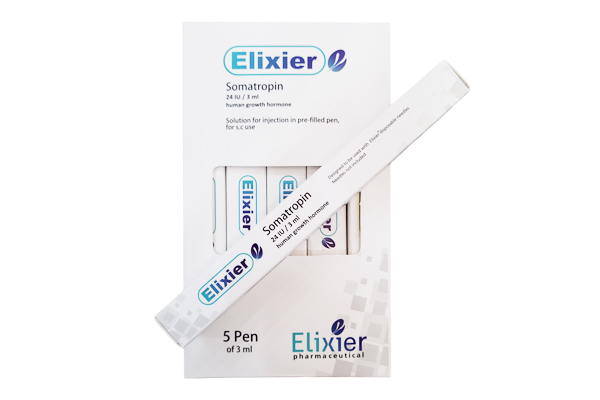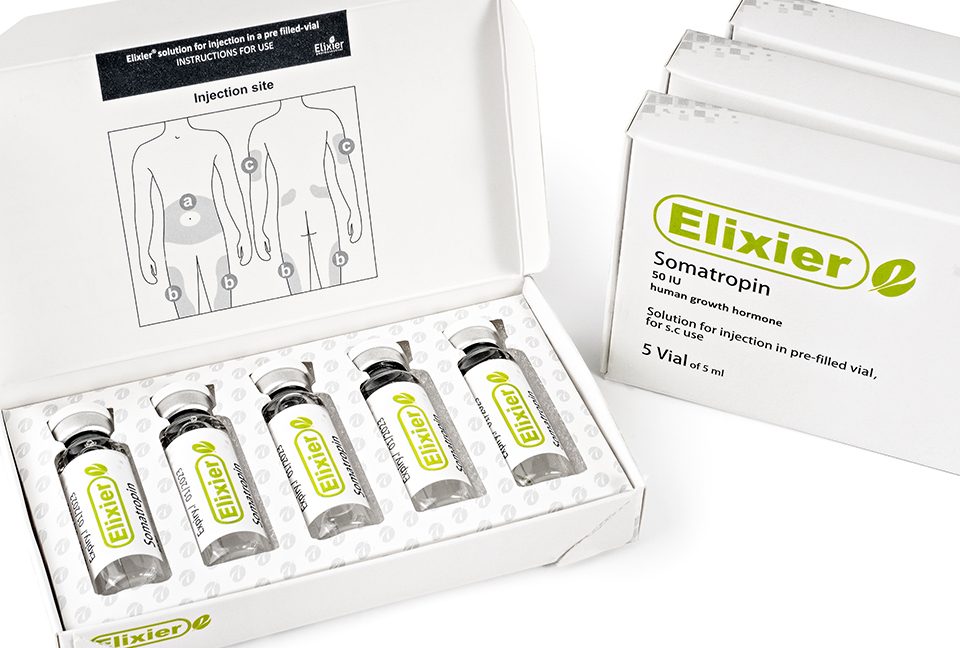Somatropin: Unlocking Medical Benefits While Navigating Bodybuilding Risks – A Doctor’s Guide
As a board-certified endocrinologist and seasoned bodybuilding coach with over 15 years of experience helping athletes optimize their performance safely, I’ve seen the transformative power of somatropin firsthand. Known as synthetic human growth hormone (HGH), somatropin is a powerhouse medication that addresses serious growth disorders. But in the world of fitness and aesthetics, it’s often misused for quick gains in muscle mass and fat loss. In this comprehensive guide, we’ll explore somatropin’s legitimate medical uses, its tempting yet dangerous off-label applications in bodybuilding, potential side effects, and why consulting an endocrinologist is non-negotiable. Whether you’re battling growth hormone deficiency or eyeing it for athletic edge, let’s dive into the facts to make informed decisions.
What Is Somatropin? A Quick Overview of HGH Therapy
Somatropin is a recombinant form of human growth hormone, a naturally occurring peptide produced by the pituitary gland that regulates growth, metabolism, and cell repair. In medical settings, it’s administered via subcutaneous injection to mimic the body’s own HGH, promoting healthy development in those with deficiencies. Unlike over-the-counter supplements, true somatropin requires a prescription due to its potency and the need for precise dosing.
For bodybuilders and athletes, the allure lies in its anabolic effects—potentially enhancing recovery, lean muscle growth, and fat metabolism. However, as I’ll emphasize throughout, non-medical use can lead to severe health pitfalls that no gym PR is worth.

Medical Uses and Benefits of Somatropin: Treating Growth-Related Disorders
Somatropin shines in clinical medicine, where it’s FDA-approved for treating genuine growth hormone deficiencies and related conditions. Here’s a breakdown of its proven applications:
- Growth Hormone Deficiency (GHD) in Children and Adults
In children with GHD, somatropin stimulates linear growth, helping them reach normal height potential. For adults, it combats symptoms like reduced muscle mass, fatigue, and bone density loss by restoring HGH levels. Studies show it improves quality of life, with benefits including increased energy and better body composition.
- Other Approved Indications
- Turner Syndrome and Prader-Willi Syndrome: Enhances growth in girls with Turner syndrome and manages obesity risks in Prader-Willi patients.
- Chronic Kidney Disease and Short Bowel Syndrome: Supports nutrition and growth in these chronic conditions.
- Idiopathic Short Stature: For kids with unexplained short height, it can add several inches over time.
The benefits are profound: improved bone health, cardiovascular function, and metabolic balance. Doses are tailored—typically 0.15–0.3 mg/kg weekly for kids—to minimize risks while maximizing gains. As a physician, I prescribe it only after thorough testing, like IGF-1 blood levels and stimulation tests.
Somatropin in Bodybuilding and Athletics: The Non-Medical Temptation
In the iron-pumping community, somatropin is hyped as a “fountain of youth” for its muscle-building and recovery perks. Bodybuilders often stack it with steroids for synergistic effects, aiming for hypertrophy and reduced body fat. Anecdotally, users report faster healing from intense workouts and a more “sculpted” physique.
But let’s be real—from my coaching perspective, the evidence for athletic enhancement is thin. While some studies suggest minor strength boosts in steroid users, somatropin alone doesn’t reliably improve performance in healthy athletes. The World Anti-Doping Agency (WADA) bans it outright, classifying it as a performance-enhancing drug with no place in competitive sports.
Cosmetic misuse is rampant too, with influencers chasing anti-aging effects like smoother skin and vitality. Yet, without medical need, these “benefits” come at a steep cost—often sourced from black-market vials that are impure or underdosed.

Risks and Side Effects: Why Somatropin Isn’t a Magic Bullet
Somatropin’s power cuts both ways. Medically supervised use keeps side effects in check, but off-label abuse amplifies dangers. Common issues include:
| Side Effect Category | Examples | Severity (Medical vs. Non-Medical Use) |
| Injection-Site Reactions | Pain, redness, swelling, itching | Mild in both; more frequent with improper technique in DIY cycles. |
| Metabolic Changes | Fluid retention, joint pain, carpal tunnel syndrome | Moderate medically; severe in high-dose bodybuilding stacks, risking diabetes. |
| Long-Term Risks | Acromegaly (enlarged bones/jaw), cardiomyopathy, increased cancer risk | Rare medically; common in chronic athletic abuse, plus impotence and osteoporosis. |
| Other | Headaches, nausea, elevated cholesterol | Variable; black-market versions heighten infection risks. |
In bodybuilding, stacking with insulin or steroids compounds these—I’ve treated clients with irreversible joint damage from unchecked cycles. Long-term, it can suppress natural HGH production, leading to dependency. Bottom line: The risks far outweigh unproven perks.
Why Consult an Endocrinologist Before Starting Somatropin?
Self-medicating with somatropin is a recipe for disaster. As per guidelines from the American Association of Clinical Endocrinologists (AACE), diagnosis and management must involve a specialist. An endocrinologist will:
- Conduct IGF-1 and GH stimulation tests to confirm deficiency.
- Monitor dosing (e.g., starting low at 0.2 mg/day for adults) and adjust every 4–6 weeks via bloodwork.
- Screen for contraindications like active cancer or diabetes.
For athletes eyeing it, we explore safer alternatives: evidence-based training, nutrition, and legal supplements like creatine or peptides under guidance. Skipping thisstep? You’re gambling with your endocrine health.

Final Thoughts: Prioritize Health Over Hype in Your Fitness Journey
Somatropin is a potent ally against growth disorders, delivering life-changing benefits when used right. But in bodybuilding or cosmetics, its risks—from acromegaly to hormonal chaos—make it a poor choice without oversight. As your doctor and coach, my advice is simple: Consult an endocrinologist first. They’ll guide you toward sustainable gains, whether through therapy or smarter training protocols.
Ready to optimize safely? Book a consult or drop a comment below—let’s build your best self, the right way.
References
- For full citations, refer to sources like MedlinePlus, WebMD, Cleveland Clinic, Drugs.com, Mayo Clinic, NCBI, USADA, Harvard Health, TGA, and AACE guidelines (linked in inline citations above). Always verify with your healthcare provider for personalized advice.



